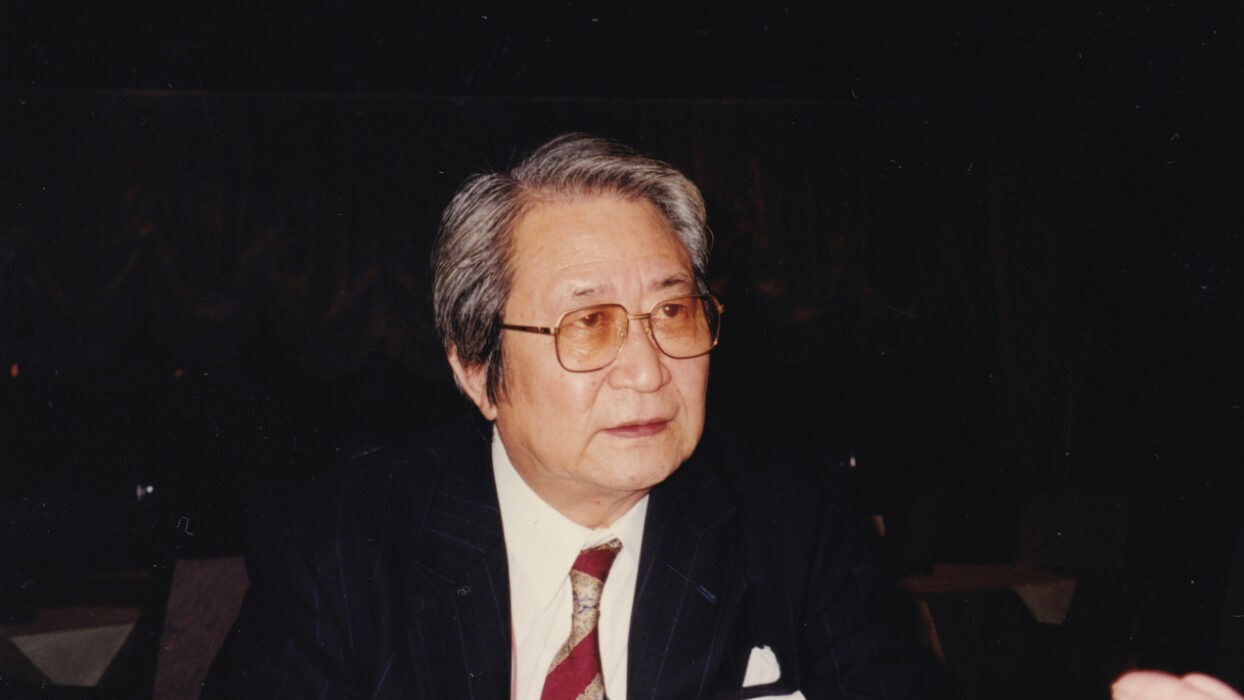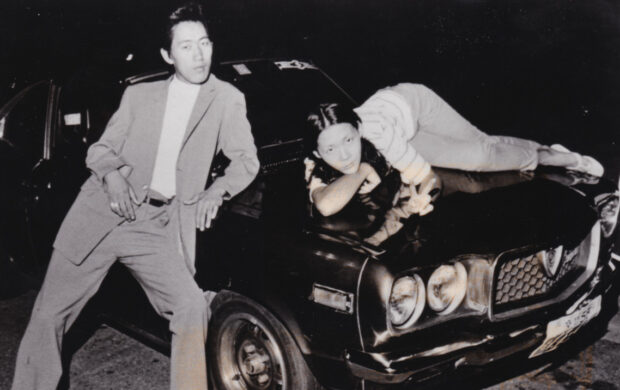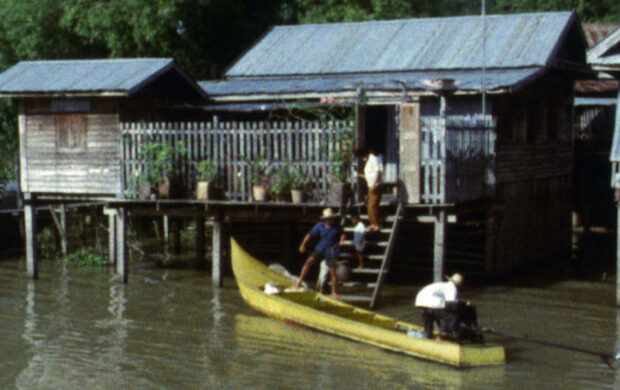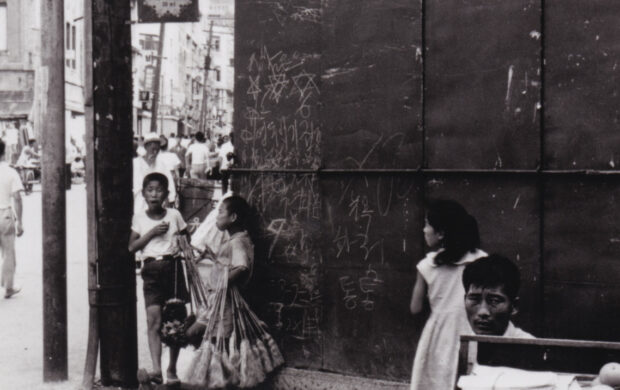Minamata – Kanjasan to sono sekai
- 1971
- Japan
- 96 minutes
- Japanese
In 1971, this film was the first to deal with the tragedy of Minamata. For many years, a large chemical factory belonging to the Chisso company had been located in the town on Kyushu island in the south of Japan. Factory waste containing mercury compounds were discarded into the sea. The first cases of the Minamata sickness are recorded in 1956. Over the years, there is an increasing number of cases and many babies are born with malformations. Yet the Chisso Company refuses to admit its responsibility. Support committees for the victims are set up and an increasing number of demonstrations are held.
- Production : Seirinsha Productions
- Editing : Takako Sekizawa; Noriaki Tsuchimoto
- Sound : Yukio Kubota
- Photography : Koshiro Otsu




